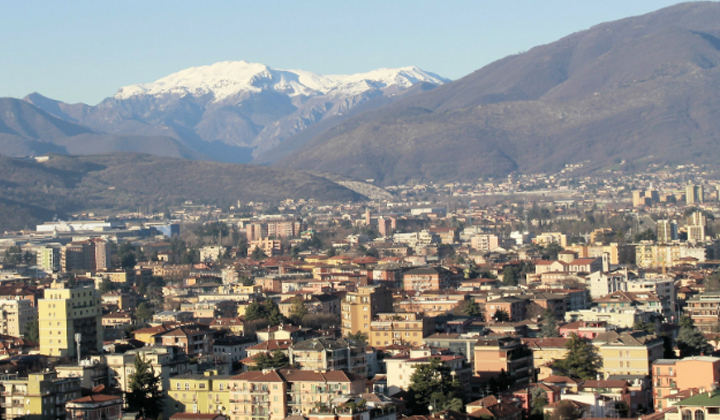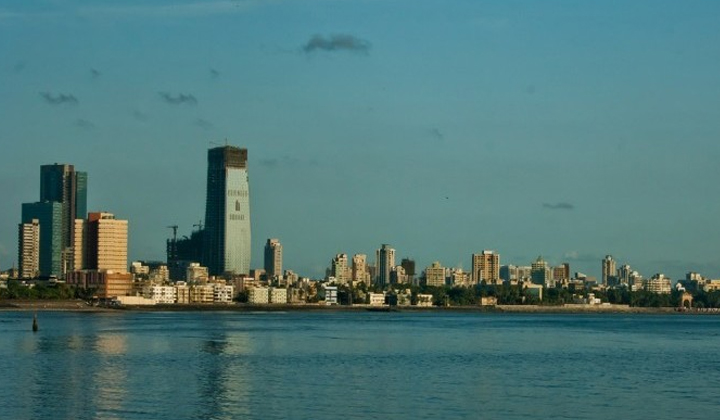Trending Now
- Action should be taken against the cops who protect the Ganja accused in TN : PMK leader Anbumani Ramdoss
- Votes that go to Congress or INDI alliance is a waste : PM Modi
- Court grants one-day custody to police to investigate Youtuber Savukku Shankar.
- We actually got our independence only in 2014. The independence to change this country as it should be : Actor , politician, Kangana Ranaut
Real Estate
#WorldHealthDay: We Live Longer Because Of Better Housing
![]() April 13, 2016
April 13, 2016
SHANU
Over the past two centuries, life expectancy has seen a rise, and infant mortality has declined. In 1900, global life expectancy was 30 to 35 years. Today, it has nearly doubled, even in the least developed countries; in Monaco it is as high as 89.52. But life expectancy did not rise uniformly throughout history. The drastic rise in life expectancy is a fairly recent phenomenon. For example, in 1553 life expectancy in the United Kingdom was 39.6 years; it further declined to 37.7 in 1849. From then onwards, the country saw a mostly steep rise in life expectancy – to 80.54 years today. Contrary to popular belief, better housing standards have more to do with improvement in health than medicine.
Even today, cardiovascular and respiratory diseases are common, and indoor pollution is the single biggest cause of death across the world. So, this should not be hard to believe. In fact, we choose where to live on the basis of whether living in the area is conducive to better health and well-being. For example, we tend to avoid areas that are crowded or do not have proper sanitation and water supply, except when the benefits of living there vastly outweigh the costs. Urban planning experts know, to make housing affordable, building water mains of sewerage systems in suburbs and peripheral areas is often more effective than building housing projects. Indian cities are crowded because people risk their lives to be together. People are more productive when they are close to each other, and productivity raises wages. One of the biggest urban planning challenges is how we can increase the supply of housing so that people can enjoy proximity without compromising their health, well-being and happiness.
In the late 19th century, many public officials and crusaders argued for better sanitation, greater ventilation, and less crowding in cities. Even though the advances are often attributed to government officials and crusaders, the truth is that the society had become prosperous by then. In the 19th century, industrial revolution had made many parts of the West prosperous, and urban local authorities could afford improving housing standards.
Over 100 years ago, even in New York, babies died in summers because windowless apartments did not have proper ventilation. Poor housing quality, for example, raises the possibility of people being vulnerable to extremities of temperature. In Manhattan, in a typical floor where four people would reside today, 16 people lived; so, fresh air was considered a luxury. This is true even today in Indian cities like Mumbai, where open space per person is merely 1.1 square metres.
To know whether poor housing standards threaten lives or not, it is enough to look at parts of India where landlords are not allowed to improve buildings. Tenants live in the fear of death. But this was the norm throughout the world, when the society was less prosperous. Wooden staircases were known as death traps, because they were prone to fire accidents.
Inadequate ventilation causes many diseases, including tuberculosis. This was common, and is still common, in many parts of the world. But overall this has improved over the past 200 years. Insufficient storage space for food was in the past a major cause of infectious diseases. Similarly, leaks were another reason why diseases spread and pests and rodents infested houses. Exposure to toxic substances is another. All this is true, to a large extent, even today. The point is that this is far less common today than it was 100 years ago.
The World Bank recently observed that replacing dirt floors with cement floors improved the health and life expectancy in Mexico. But such improvements have happened throughout history. Since Independence, most mud-floored houses in India have transformed themselves into livable ones. If this were not true, many of us would not have been alive today.
























